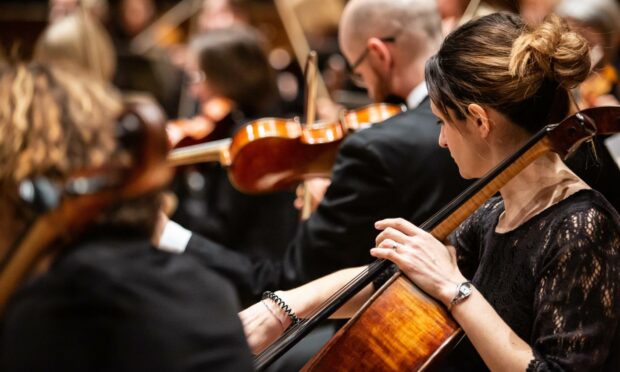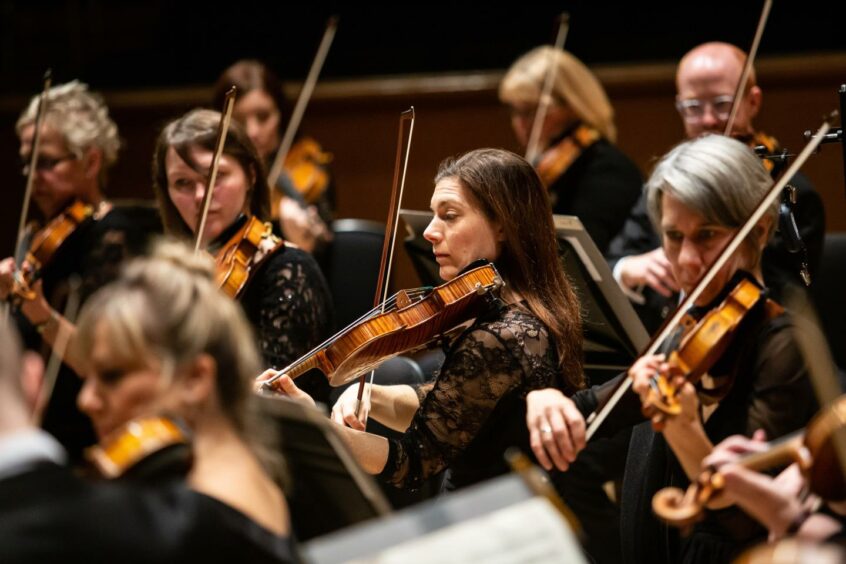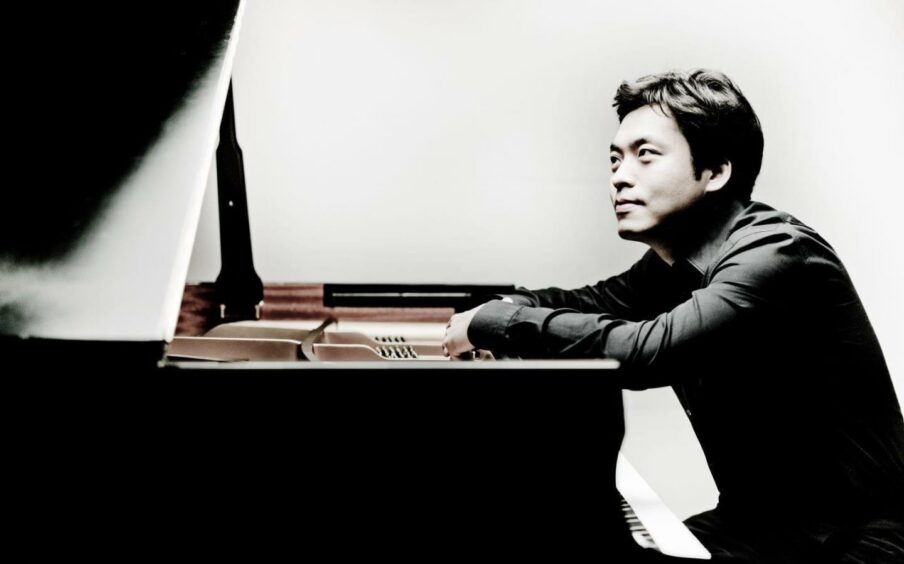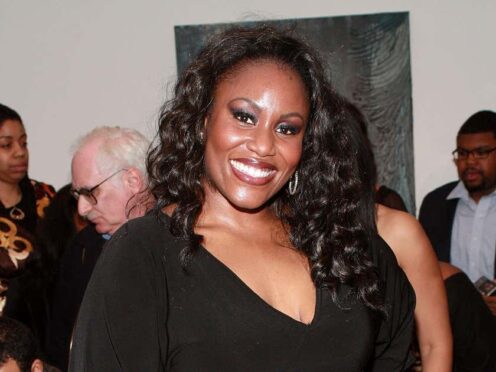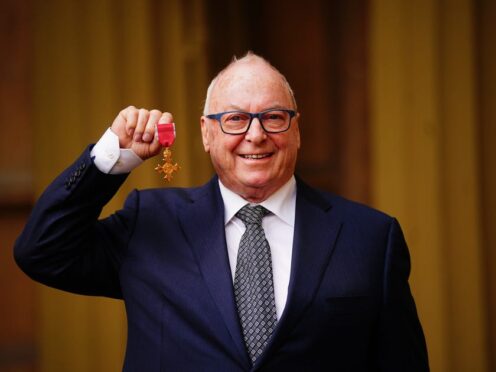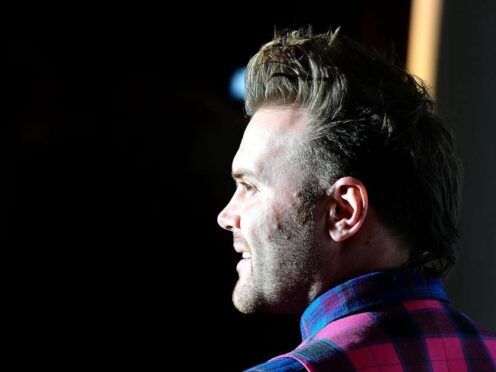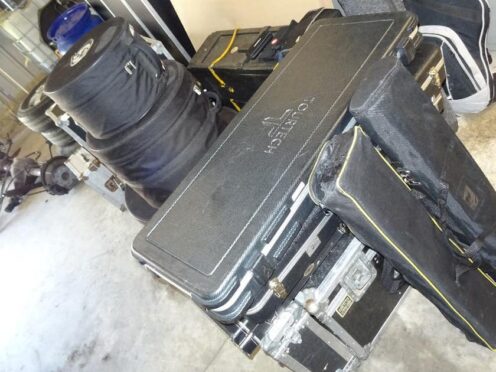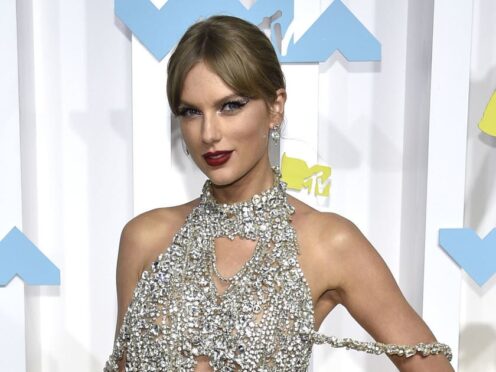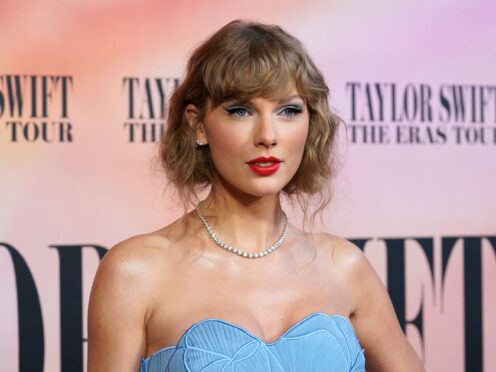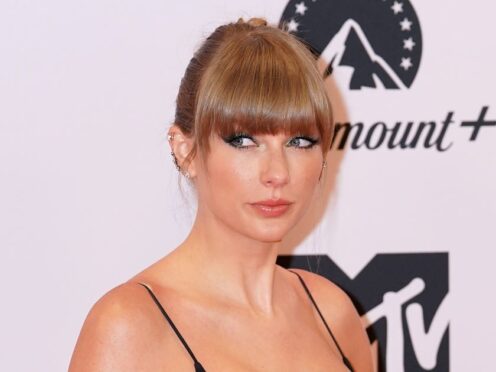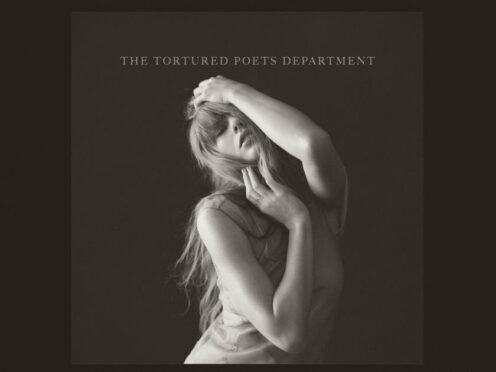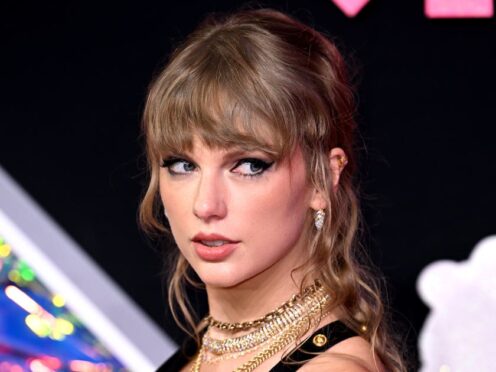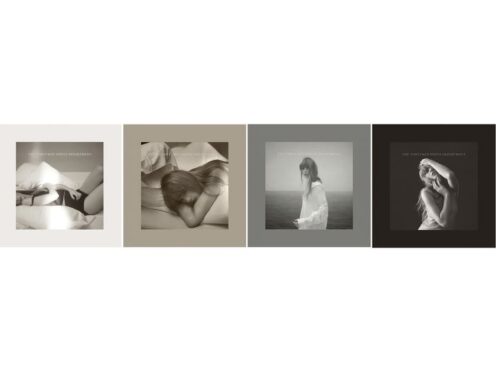I knew there was something missing in my life – a live performance of Brahms’ first piano concerto.
Maybe the focus has been on the composer’s symphonies, but chronologically the piano concerto takes prominence having been Brahms’ first-performed orchestral work.
His first symphony, deservedly lauded as a work of wonder, didn’t see the light of day until 1876, almost 20 years after this wonderful concerto.
Like many a classical work, the concerto saw a slow metamorphosis to the work we know and love today.
Started as a sonata for two pianos
It started as a sonata for two pianos, and saw possibility as a symphony before Brahms rejected any advice that came his way and added two movements to a first that had already been written.
Even then, a pretty disastrous opening two or three performances saw Brahms revise the score but even then, the reception was mixed.
Thankfully, over the decades soloists have taken it under their wing and it is now an established favourite in the concert scene.
It was fitting the RSNO devoted the second half of the programme to this work alone, at their concert on Thursday night in the Perth Concert Hall.
Such a privilege is normally given to a symphony, but this work is symphonic in context and asks equal demands of both soloist and orchestra.
I adore Brahms at his lyrical and melodic form but I also find his fire and brimstone, no-holds-barred style irresistible.
This work falls into that category, and while the word “conflict” might be an exaggeration there is some frenetic musical exchanges between soloist and orchestra.
Both the RSNO and pianist Sunwook Kim stepped up to the mark in wonderful fashion, the latter displaying a marvellous mix of soft subtlety and fiery flare.
His first cadenzas were almost soulful while the third movement shone light on a prodigious talent, virtuosity personified.
A fantastic performance
The work is some tour de force, but so was this fantastic performance, given by a pianist at the top of his game.
Had the three other works in the programme, which formed the first half of the concert, been non-descript in any way, Brahms would have ruled supreme.
However works by Wagner, Anna Thorvaldsdottir and Sibelius, although short, weren’t lacking in content.
Perfect curtain raiser
Wagner’s Prelude to Act One from Lohengrin was the perfect curtain raiser, nine minutes of excitement few composers can generate in such a short time.
The build-up in sound, form and warmth was deftly carried out by orchestra and conductor Jonathan Stockhammer.
I did wonder why there was a segue into Thorsvaldsdottir’s Metacosmos as the work is of complete contrast.
Work of strange fascination
This was a work of strange fascination, of mystery and of intrigue. It was also one of complete satisfaction and while the composer insists it being a balance of beauty and chaos, the accent was firmly on the latter.
Completing the trio was Sibelius’ Tapiola and if anything was slightly disappointing, it was this.
Not from a point of view of performance but of content.
Tied to the realms of Finnish mythology, the composer couldn’t unleash his full symphonic skills, skills we know and love from his marvellous set of symphonies.
